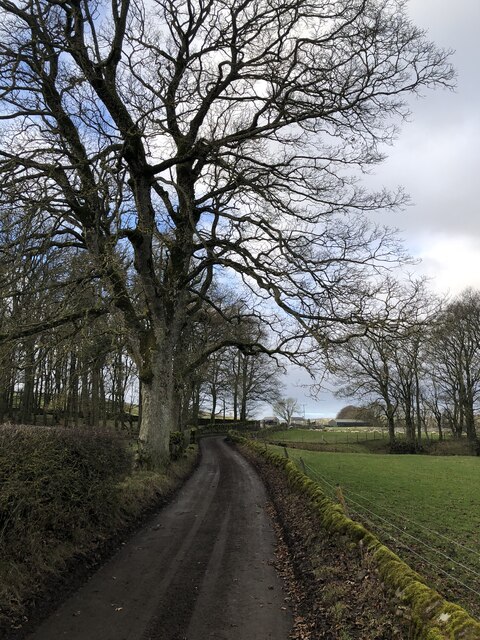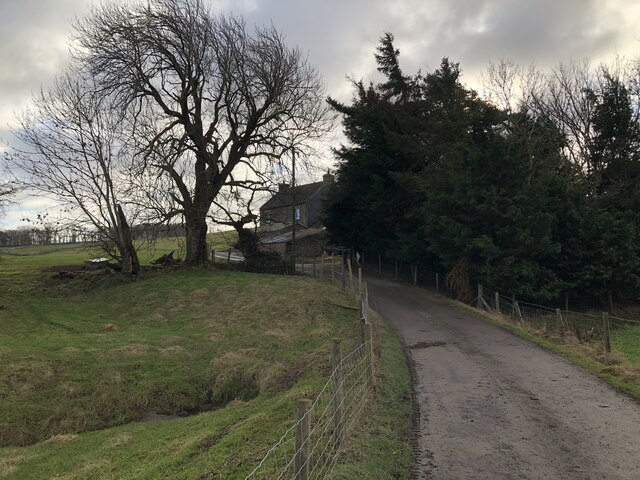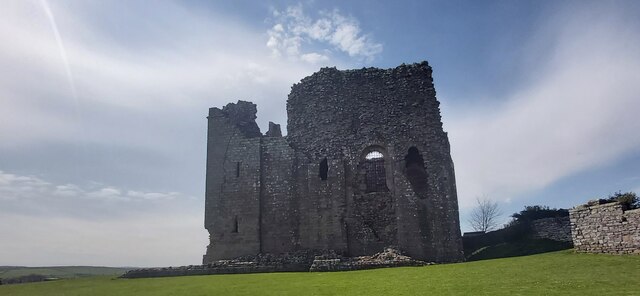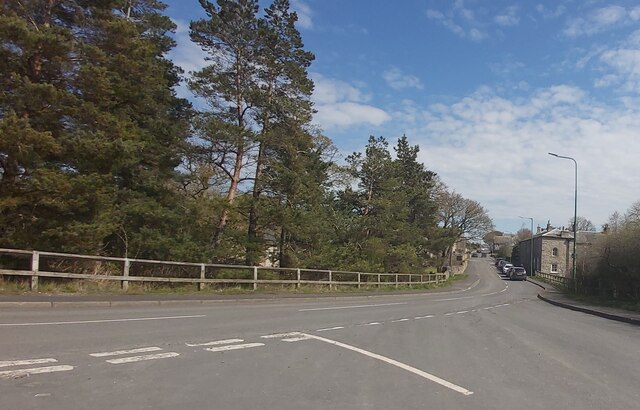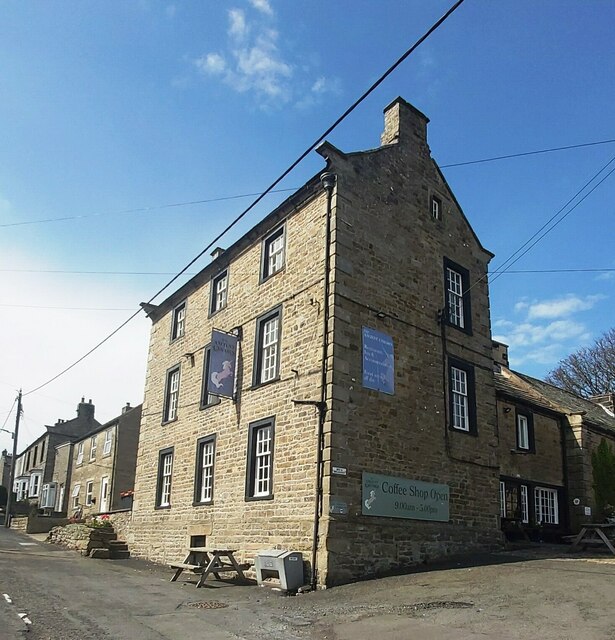Hong Kong Plantation
Wood, Forest in Yorkshire
England
Hong Kong Plantation
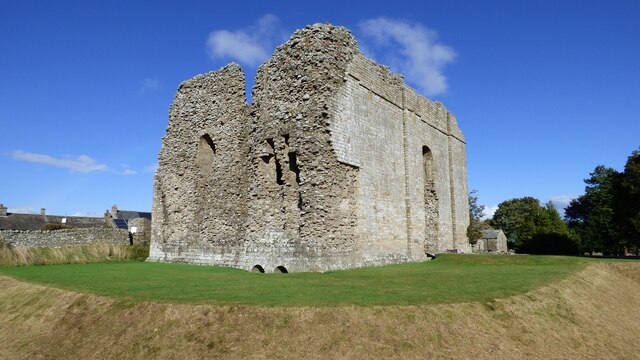
Hong Kong Plantation, Yorkshire (Wood, Forest) is a sprawling woodland located in the heart of Yorkshire, England. Covering an area of approximately 100 acres, this plantation is known for its diverse range of plant species, vibrant wildlife, and picturesque landscapes.
The woodland is primarily composed of native trees such as oak, beech, and ash, which create a dense and lush canopy overhead. These trees provide a habitat for numerous bird species, including woodpeckers, thrushes, and owls, making it a popular spot for birdwatchers and nature enthusiasts.
Hong Kong Plantation also boasts a variety of wildflowers, ferns, and mosses, adding to its natural beauty. Visitors can explore the numerous walking trails that wind through the woodland, offering a tranquil and serene experience amidst the greenery.
The plantation is home to a rich array of wildlife, including deer, foxes, and squirrels, which can often be spotted roaming freely. Additionally, the nearby streams and ponds attract a range of aquatic creatures, such as frogs, newts, and dragonflies.
The management of Hong Kong Plantation is committed to the preservation and conservation of the woodland. They actively engage in sustainable forestry practices, ensuring the long-term health and vitality of the ecosystem. The plantation also hosts educational programs and guided tours, allowing visitors to learn about the importance of woodland ecosystems and the need for their protection.
Overall, Hong Kong Plantation, Yorkshire (Wood, Forest) offers a captivating natural retreat for individuals seeking solace in the beauty of nature. Its diverse flora and fauna, coupled with its commitment to conservation, make it a cherished destination for both locals and tourists alike.
If you have any feedback on the listing, please let us know in the comments section below.
Hong Kong Plantation Images
Images are sourced within 2km of 54.500029/-2.0098027 or Grid Reference NY9911. Thanks to Geograph Open Source API. All images are credited.
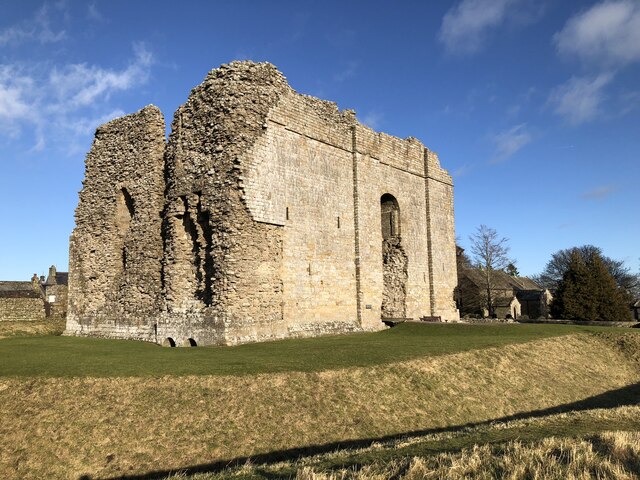
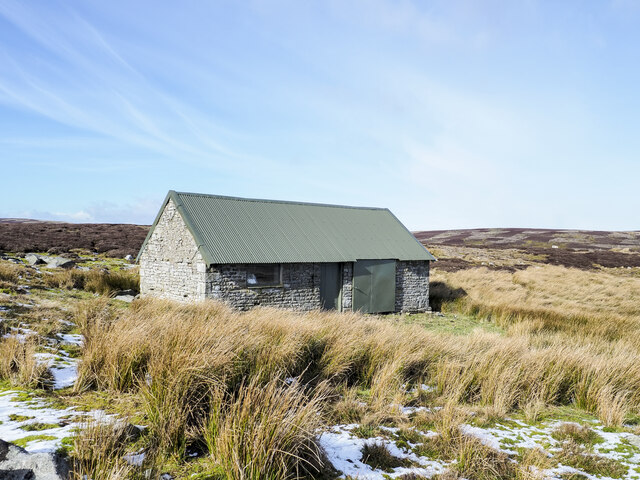
![Bowes houses [1] Bowes Hall, The Street, is a large house built in the early and later 17th century. The house was refronted and extended in the early or mid 18th century, when the two right bays and the top storey were added. Constructed of rubble stone, the later work squared and coursed, under a slate roof. Many original internal features and fittings remain. Listed, grade II, with details at: <span class="nowrap"><a title="https://historicengland.org.uk/listing/the-list/list-entry/1121071" rel="nofollow ugc noopener" href="https://historicengland.org.uk/listing/the-list/list-entry/1121071">Link</a><img style="margin-left:2px;" alt="External link" title="External link - shift click to open in new window" src="https://s1.geograph.org.uk/img/external.png" width="10" height="10"/></span>
Bowes is a village in County Durham, some 14 miles northwest of Richmond and about 18½ miles due west of Darlington. Set on the north bank of the River Greta, the village was, until by-passed, astride the A66 trunk road. The Romans had a fort here, guarding the Stainmore pass over the Pennines, and their site was reused by the Normans who built a castle. The village grew around the castle, and the name Bowes is first mentioned in a charter of 1148.](https://s2.geograph.org.uk/geophotos/07/33/30/7333050_16951f3a.jpg)
![Bowes features [1] The garden walls, gate piers and gates of Bowes Hall <a href="https://www.geograph.org.uk/photo/7333050">NY9913 : Bowes houses [1]</a> were erected in the mid 18th century. Squared, coursed rubble stone walls and ashlar gate piers with mid 19th century iron gates. Listed, grade II, with details at: <span class="nowrap"><a title="https://historicengland.org.uk/listing/the-list/list-entry/1310919" rel="nofollow ugc noopener" href="https://historicengland.org.uk/listing/the-list/list-entry/1310919">Link</a><img style="margin-left:2px;" alt="External link" title="External link - shift click to open in new window" src="https://s1.geograph.org.uk/img/external.png" width="10" height="10"/></span>
Bowes is a village in County Durham, some 14 miles northwest of Richmond and about 18½ miles due west of Darlington. Set on the north bank of the River Greta, the village was, until by-passed, astride the A66 trunk road. The Romans had a fort here, guarding the Stainmore pass over the Pennines, and their site was reused by the Normans who built a castle. The village grew around the castle, and the name Bowes is first mentioned in a charter of 1148.](https://s0.geograph.org.uk/geophotos/07/33/30/7333052_37337ce4.jpg)
![Bowes houses [2] Numbers 1 and 2 The Street are a pair of houses built in the mid or late 18th century with later alterations. Constructed of rubble stone under an artificial stone roof. Listed, grade II, with details at: <span class="nowrap"><a title="https://historicengland.org.uk/listing/the-list/list-entry/1159738" rel="nofollow ugc noopener" href="https://historicengland.org.uk/listing/the-list/list-entry/1159738">Link</a><img style="margin-left:2px;" alt="External link" title="External link - shift click to open in new window" src="https://s1.geograph.org.uk/img/external.png" width="10" height="10"/></span>
Bowes is a village in County Durham, some 14 miles northwest of Richmond and about 18½ miles due west of Darlington. Set on the north bank of the River Greta, the village was, until by-passed, astride the A66 trunk road. The Romans had a fort here, guarding the Stainmore pass over the Pennines, and their site was reused by the Normans who built a castle. The village grew around the castle, and the name Bowes is first mentioned in a charter of 1148.](https://s1.geograph.org.uk/geophotos/07/33/30/7333053_35f3ac31.jpg)
![Bowes buildings [1] Bowes Club, formerly the Bowes and District Working Men&#039;s Club, in The Street, was built as a house in the early or mid 18th century. Constructed of sandstone ashlar under a stone slate roof. The link section on the left is in rubble stone. The paired sashes windows have small lunette windows above. Listed, grade II, with details at: <span class="nowrap"><a title="https://historicengland.org.uk/listing/the-list/list-entry/1323029" rel="nofollow ugc noopener" href="https://historicengland.org.uk/listing/the-list/list-entry/1323029">Link</a><img style="margin-left:2px;" alt="External link" title="External link - shift click to open in new window" src="https://s1.geograph.org.uk/img/external.png" width="10" height="10"/></span>
Bowes is a village in County Durham, some 14 miles northwest of Richmond and about 18½ miles due west of Darlington. Set on the north bank of the River Greta, the village was, until by-passed, astride the A66 trunk road. The Romans had a fort here, guarding the Stainmore pass over the Pennines, and their site was reused by the Normans who built a castle. The village grew around the castle, and the name Bowes is first mentioned in a charter of 1148.](https://s2.geograph.org.uk/geophotos/07/33/30/7333054_cccc0490.jpg)
![Bowes houses [3] Croft House and Sunny Croft, The Street, are a pair of houses built in the late 18th century and extended on both sides. Constructed of coursed rubble stone under a stone slate roof. Listed, for group value, grade II, with details at: <span class="nowrap"><a title="https://historicengland.org.uk/listing/the-list/list-entry/1121033" rel="nofollow ugc noopener" href="https://historicengland.org.uk/listing/the-list/list-entry/1121033">Link</a><img style="margin-left:2px;" alt="External link" title="External link - shift click to open in new window" src="https://s1.geograph.org.uk/img/external.png" width="10" height="10"/></span>
Bowes is a village in County Durham, some 14 miles northwest of Richmond and about 18½ miles due west of Darlington. Set on the north bank of the River Greta, the village was, until by-passed, astride the A66 trunk road. The Romans had a fort here, guarding the Stainmore pass over the Pennines, and their site was reused by the Normans who built a castle. The village grew around the castle, and the name Bowes is first mentioned in a charter of 1148.](https://s2.geograph.org.uk/geophotos/07/33/30/7333058_842b947b.jpg)
![Bowes buildings [2] The Ancient Unicorn Hotel, The Street, a former coaching inn, has a rear wing of the 17th century, in two builds, which was altered and refronted. The front block is mid 18th century. The front block is of squared, coursed sandstone with squared, coursed rubble stone returns and rusticated quoins, under a slate roof; stone chimney stacks. The rear wing is of squared, coursed rubble stone with partly stone slate and partly slate roofs. Some early internal features and fittings remain. The building is reputedly haunted. Listed, grade II, with details at: <span class="nowrap"><a title="https://historicengland.org.uk/listing/the-list/list-entry/1323027" rel="nofollow ugc noopener" href="https://historicengland.org.uk/listing/the-list/list-entry/1323027">Link</a><img style="margin-left:2px;" alt="External link" title="External link - shift click to open in new window" src="https://s1.geograph.org.uk/img/external.png" width="10" height="10"/></span>
Bowes is a village in County Durham, some 14 miles northwest of Richmond and about 18½ miles due west of Darlington. Set on the north bank of the River Greta, the village was, until by-passed, astride the A66 trunk road. The Romans had a fort here, guarding the Stainmore pass over the Pennines, and their site was reused by the Normans who built a castle. The village grew around the castle, and the name Bowes is first mentioned in a charter of 1148.](https://s1.geograph.org.uk/geophotos/07/33/30/7333093_40cd01c6.jpg)
![Bowes features [2] An elderly RAC &#039;Get You Home&#039; sign in The Street.
Bowes is a village in County Durham, some 14 miles northwest of Richmond and about 18½ miles due west of Darlington. Set on the north bank of the River Greta, the village was, until by-passed, astride the A66 trunk road. The Romans had a fort here, guarding the Stainmore pass over the Pennines, and their site was reused by the Normans who built a castle. The village grew around the castle, and the name Bowes is first mentioned in a charter of 1148.](https://s0.geograph.org.uk/geophotos/07/33/31/7333148_94906e75.jpg)
![Bowes houses [5] Cross House and Hill House, The Street, are a pair of houses, built circa 1840 with later alterations. Constructed of squared, coursed rubble stone under a stone slate roof. Listed, grade II, with details at: <span class="nowrap"><a title="https://historicengland.org.uk/listing/the-list/list-entry/1323028" rel="nofollow ugc noopener" href="https://historicengland.org.uk/listing/the-list/list-entry/1323028">Link</a><img style="margin-left:2px;" alt="External link" title="External link - shift click to open in new window" src="https://s1.geograph.org.uk/img/external.png" width="10" height="10"/></span>
Bowes is a village in County Durham, some 14 miles northwest of Richmond and about 18½ miles due west of Darlington. Set on the north bank of the River Greta, the village was, until by-passed, astride the A66 trunk road. The Romans had a fort here, guarding the Stainmore pass over the Pennines, and their site was reused by the Normans who built a castle. The village grew around the castle, and the name Bowes is first mentioned in a charter of 1148.](https://s2.geograph.org.uk/geophotos/07/33/31/7333162_b6a851c2.jpg)
![Bowes features [3] In the garden of Cross House on The Street <a href="https://www.geograph.org.uk/photo/7333162">NY9913 : Bowes houses [5]</a> is this base and stump of a cross shaft. Medieval, of sandstone. Listed, grade II, with details at: <span class="nowrap"><a title="https://historicengland.org.uk/listing/the-list/list-entry/1159719" rel="nofollow ugc noopener" href="https://historicengland.org.uk/listing/the-list/list-entry/1159719">Link</a><img style="margin-left:2px;" alt="External link" title="External link - shift click to open in new window" src="https://s1.geograph.org.uk/img/external.png" width="10" height="10"/></span>
Bowes is a village in County Durham, some 14 miles northwest of Richmond and about 18½ miles due west of Darlington. Set on the north bank of the River Greta, the village was, until by-passed, astride the A66 trunk road. The Romans had a fort here, guarding the Stainmore pass over the Pennines, and their site was reused by the Normans who built a castle. The village grew around the castle, and the name Bowes is first mentioned in a charter of 1148.](https://s1.geograph.org.uk/geophotos/07/33/42/7334253_0e313df9.jpg)
![Bowes buildings [3] The premises of Bowes Hutchinson&#039;s Church of England (Aided) School. A primary, co-educational school. Built in the late 19th century of rubble stone with ashlar dressings under a stone slate roof.
Bowes is a village in County Durham, some 14 miles northwest of Richmond and about 18½ miles due west of Darlington. Set on the north bank of the River Greta, the village was, until by-passed, astride the A66 trunk road. The Romans had a fort here, guarding the Stainmore pass over the Pennines, and their site was reused by the Normans who built a castle. The village grew around the castle, and the name Bowes is first mentioned in a charter of 1148.](https://s2.geograph.org.uk/geophotos/07/33/42/7334254_ce8ffd90.jpg)
Hong Kong Plantation is located at Grid Ref: NY9911 (Lat: 54.500029, Lng: -2.0098027)
Division: North Riding
Unitary Authority: County Durham
Police Authority: Durham
What 3 Words
///stalemate.exactly.tadpole. Near Bowes, Co. Durham
Nearby Locations
Related Wikis
Gilmonby
Gilmonby is a village in the Pennines in County Durham, England. it is situated a short distance to the south of Bowes, in the vicinity of Barnard Castle...
Bowes
Bowes is a village in the historic county of Yorkshire and, since 1974, in the ceremonial county of County Durham, England. Located in the Pennine hills...
Bowes Castle
Bowes Castle is a medieval castle in the village of Bowes in County Durham, England. Built within the perimeter of the former Roman fort of Lavatrae, on...
Bowes railway station
Bowes railway station was situated on the South Durham & Lancashire Union Railway between Barnard Castle and Kirkby Stephen East. == History == The line...
Nearby Amenities
Located within 500m of 54.500029,-2.0098027Have you been to Hong Kong Plantation?
Leave your review of Hong Kong Plantation below (or comments, questions and feedback).
